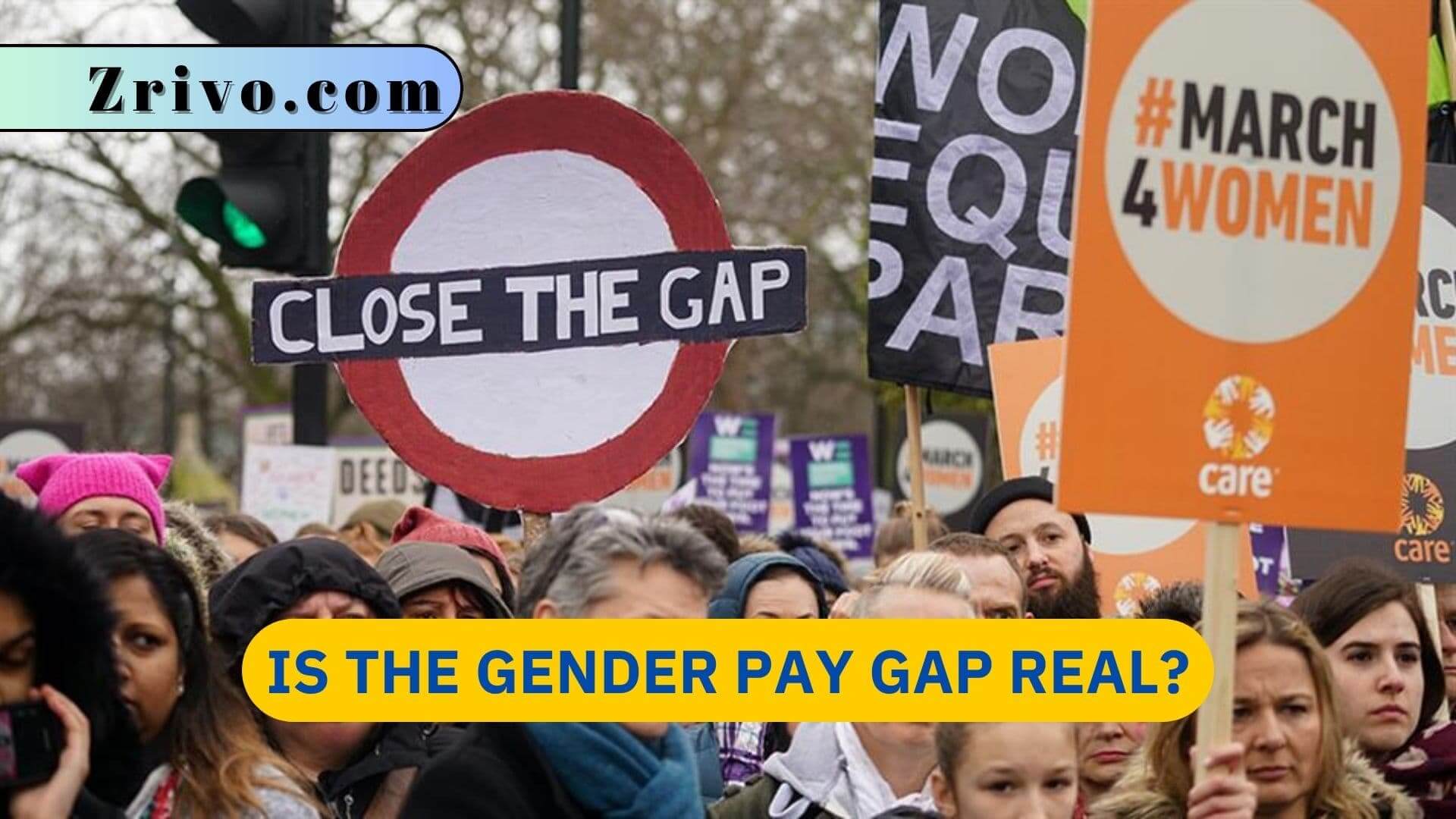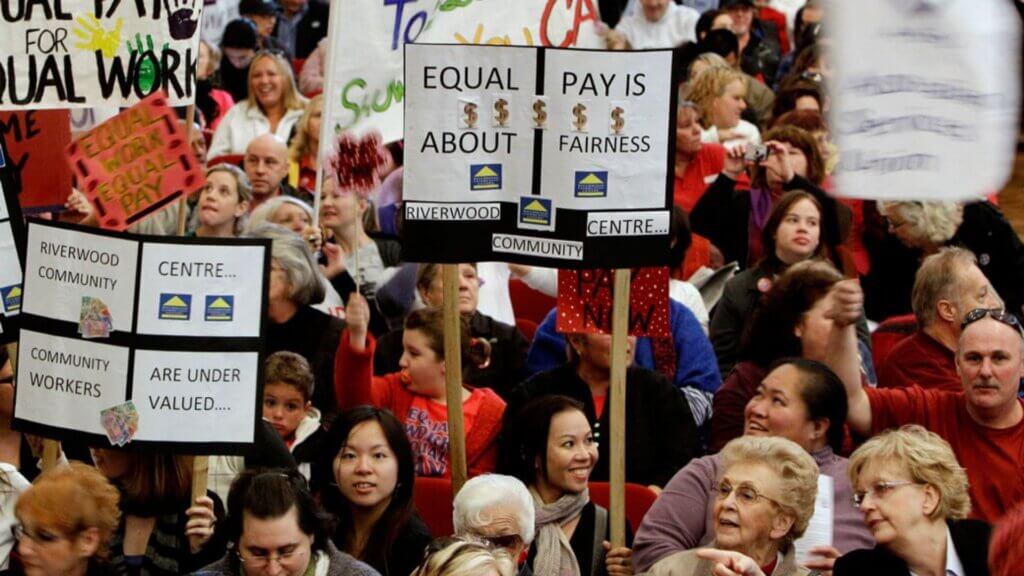Is the Gender Pay Gap Real?
Many people argue that the gender wage gap is a myth. They point out that measures of the pay gap adjusted for factors such as education and occupation show smaller gaps than unadjusted ones.

Even when controlled for factors like occupation, years of experience, and industry, women still earn 99 cents for every dollar that men earn for the same job. The gap is driven by occupational segregation, which sees women concentrated in lower-paid jobs. This includes professions such as housekeepers, cashiers, and elementary school teachers. It also results from the devaluation of women’s work and continuing discrimination that took root long before most women entered the labor market. Moreover, women face the “motherhood penalty,” which is their wages that decline after they have children. The gap is widest for women of color, who struggle to juggle paid work with family responsibilities.
Despite the progress made in the United States, the gender pay gap remains a top issue for Americans. In a 2022 poll conducted by JUST Capital, 70% of Americans say they believe women are paid less than men for doing the same job. The gap is also widely seen as symptomatic of a broader problem in our economy, with most Americans naming the “glass ceiling” as the primary reason behind the gap’s persistence. Many also cite the need for better maternity leave policies, greater transparency, and more equal opportunities for advancement as important steps in addressing the gap.

Has the Gender Wage Gap Declined?
The good news is that the gap has declined in recent decades. That’s true for both the raw gap (women’s wages minus men’s) and the “unexplained” difference in female/male pay once factors such as industry, occupation, job type, and union membership are controlled for.
However, it’s important to note that not all gaps have narrowed equally. Some have gotten larger, especially at the top of the earnings distribution. This is partly due to the fact that women are not moving into higher-earning jobs in the same numbers as men but also because the pay gap reflects several other influences, including discrimination, the way employers set their wage offers, and the occupational segregation of men and women.
Most of the gender wage gap reduction in high-income countries over the last few decades can be explained by a convergence of measurable worker characteristics such as education and work experience. But this does not disprove the role of discrimination in the gender wage gap; societal expectations about motherhood, working hours, and other factors play an important role in the ongoing persistence of the gap. These issues need to be addressed if the gap is to continue narrowing.





